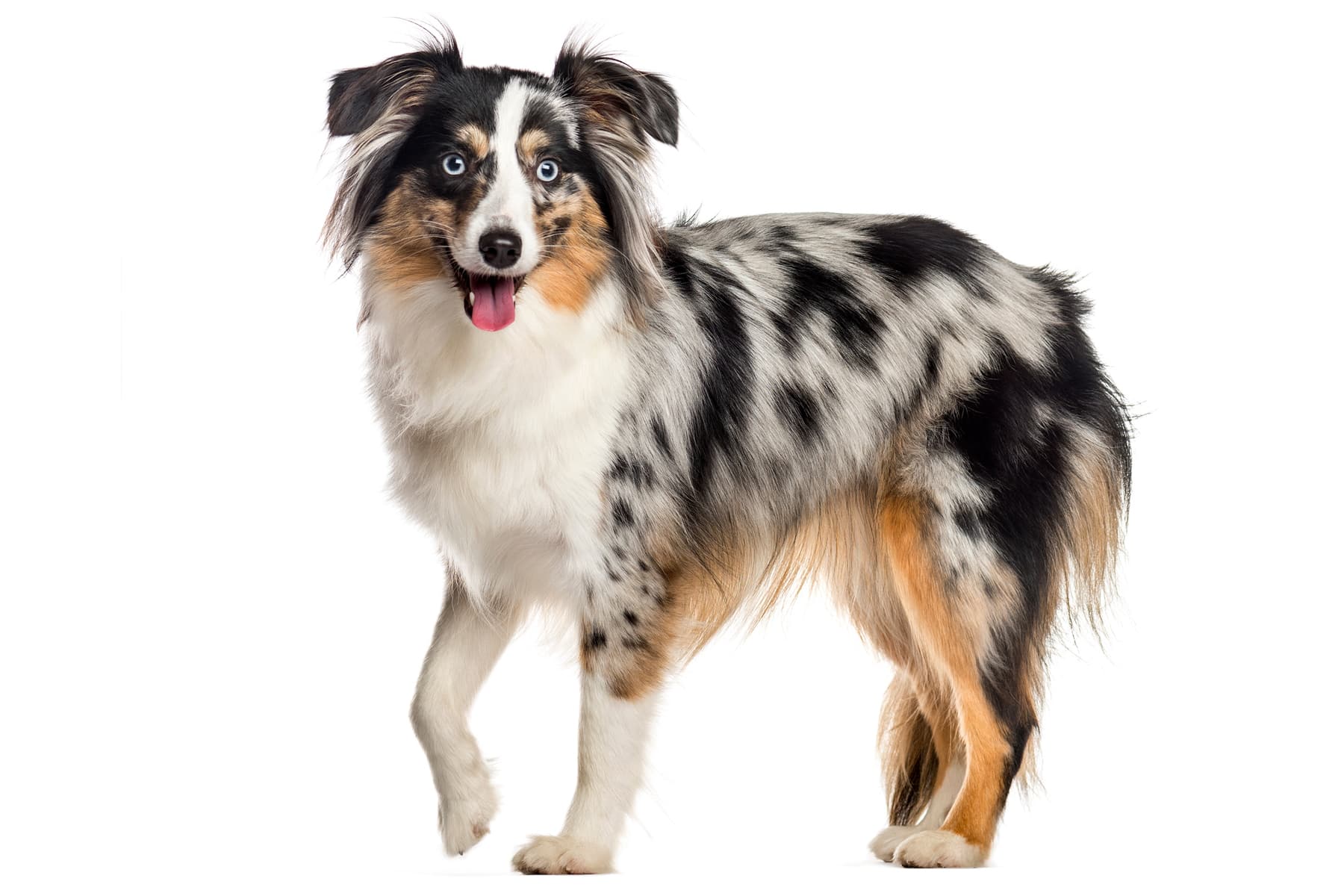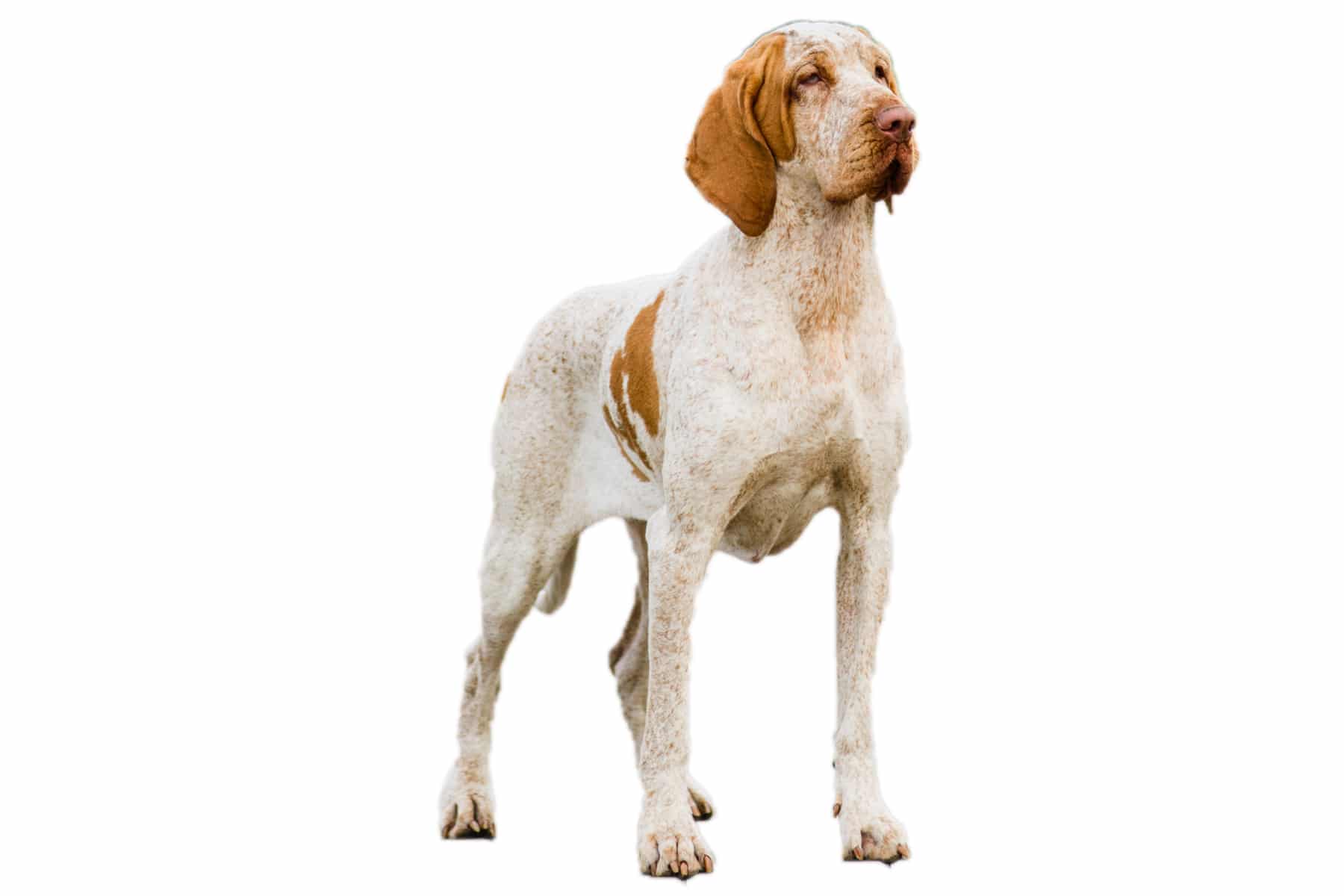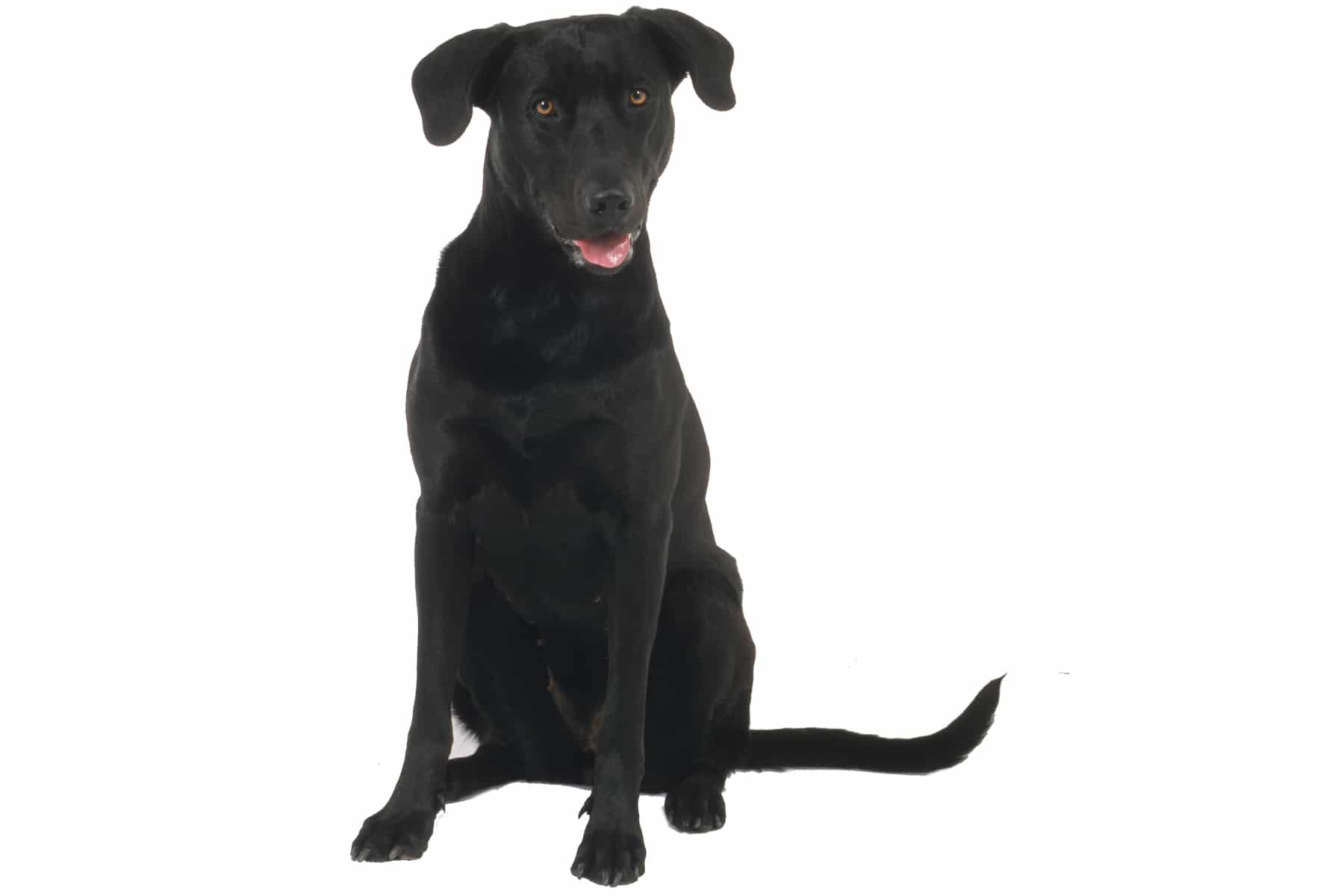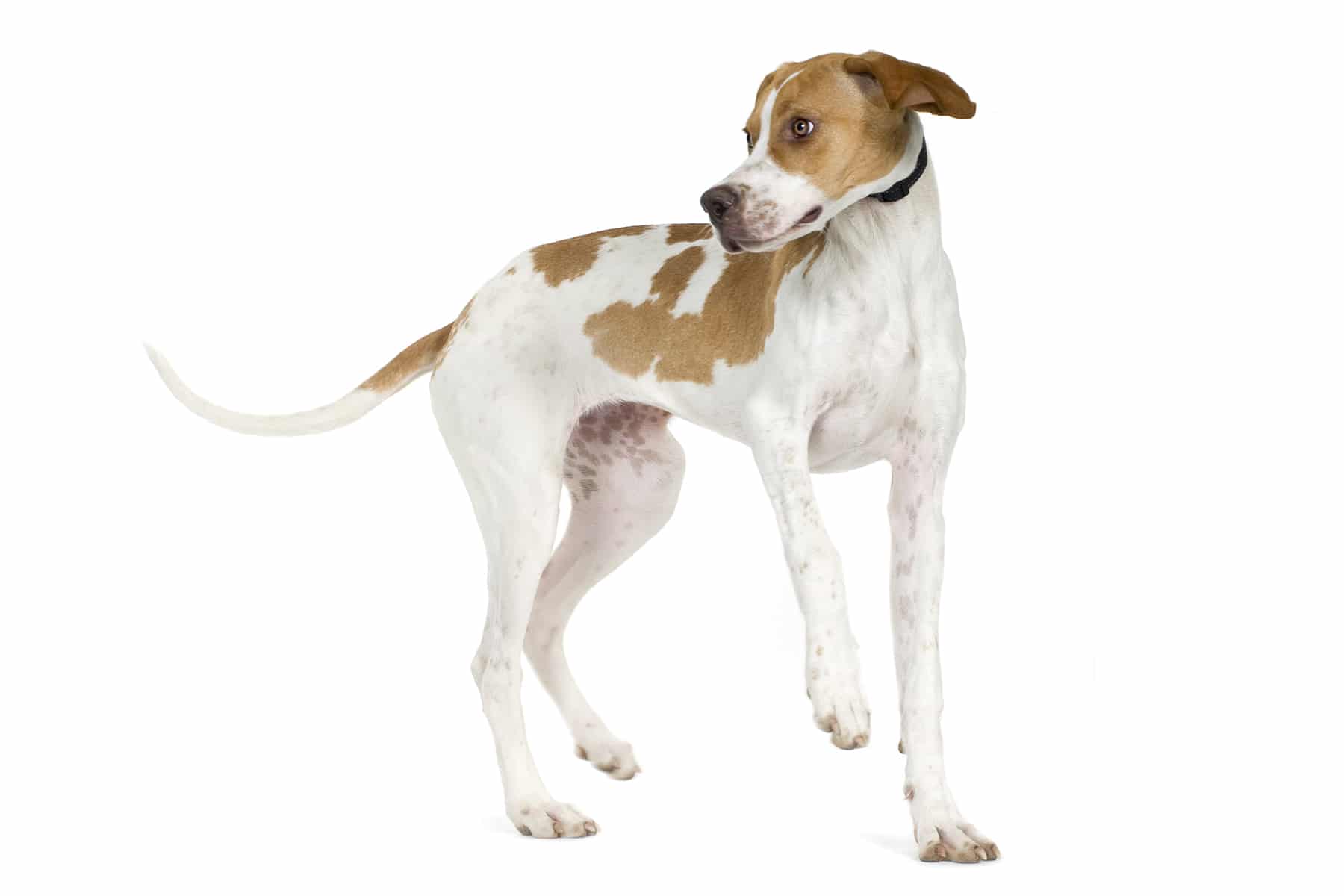Toy Poodle
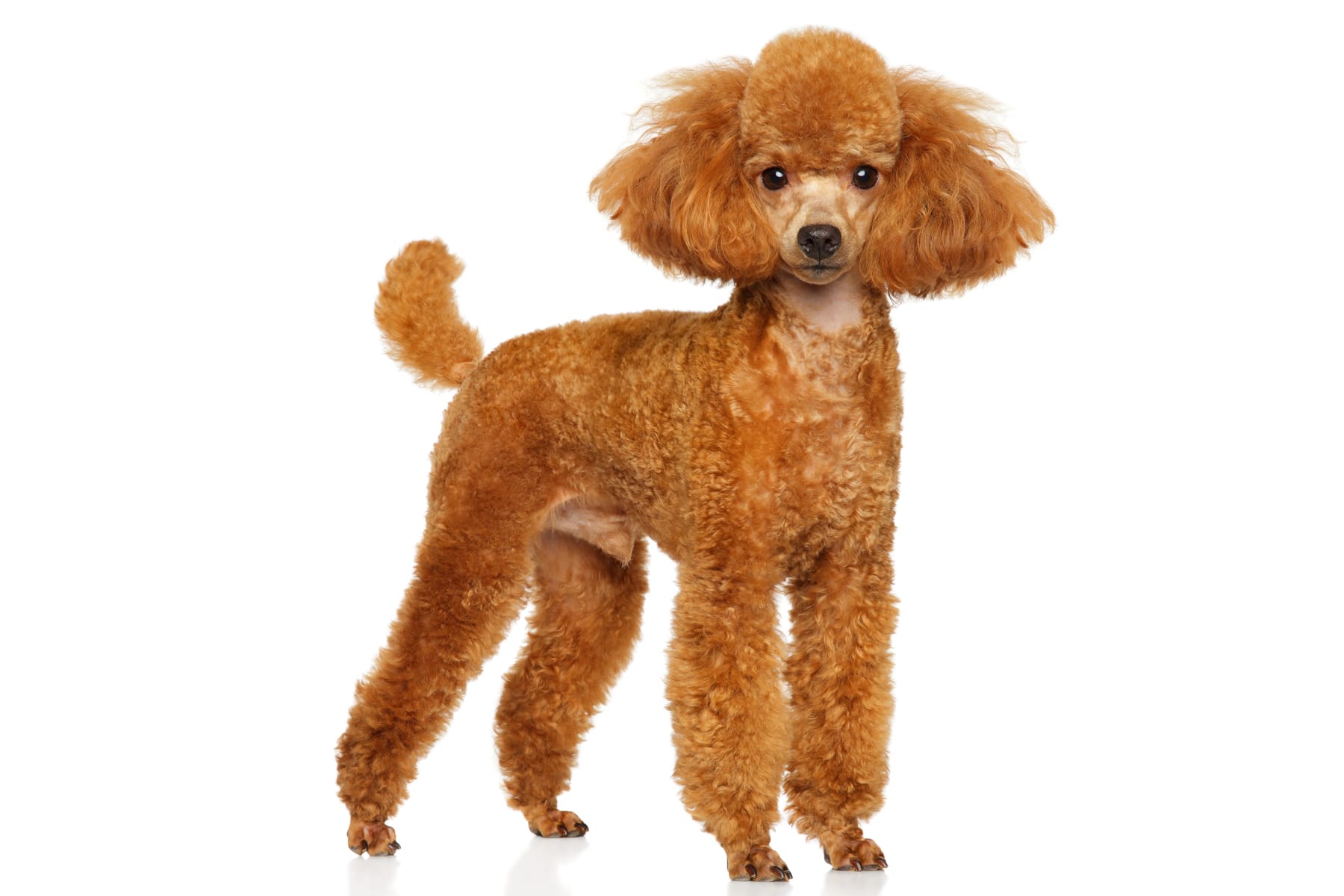
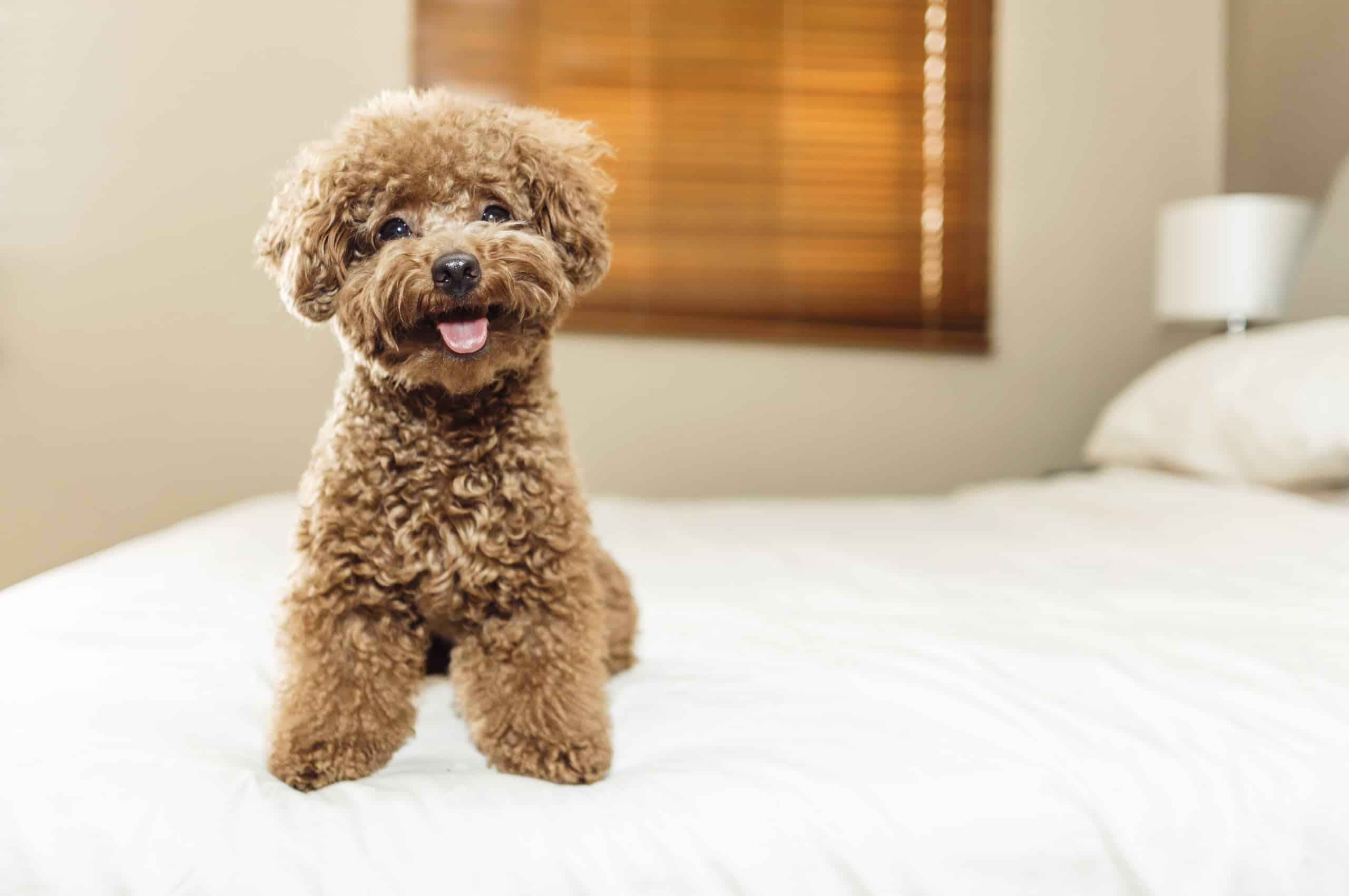
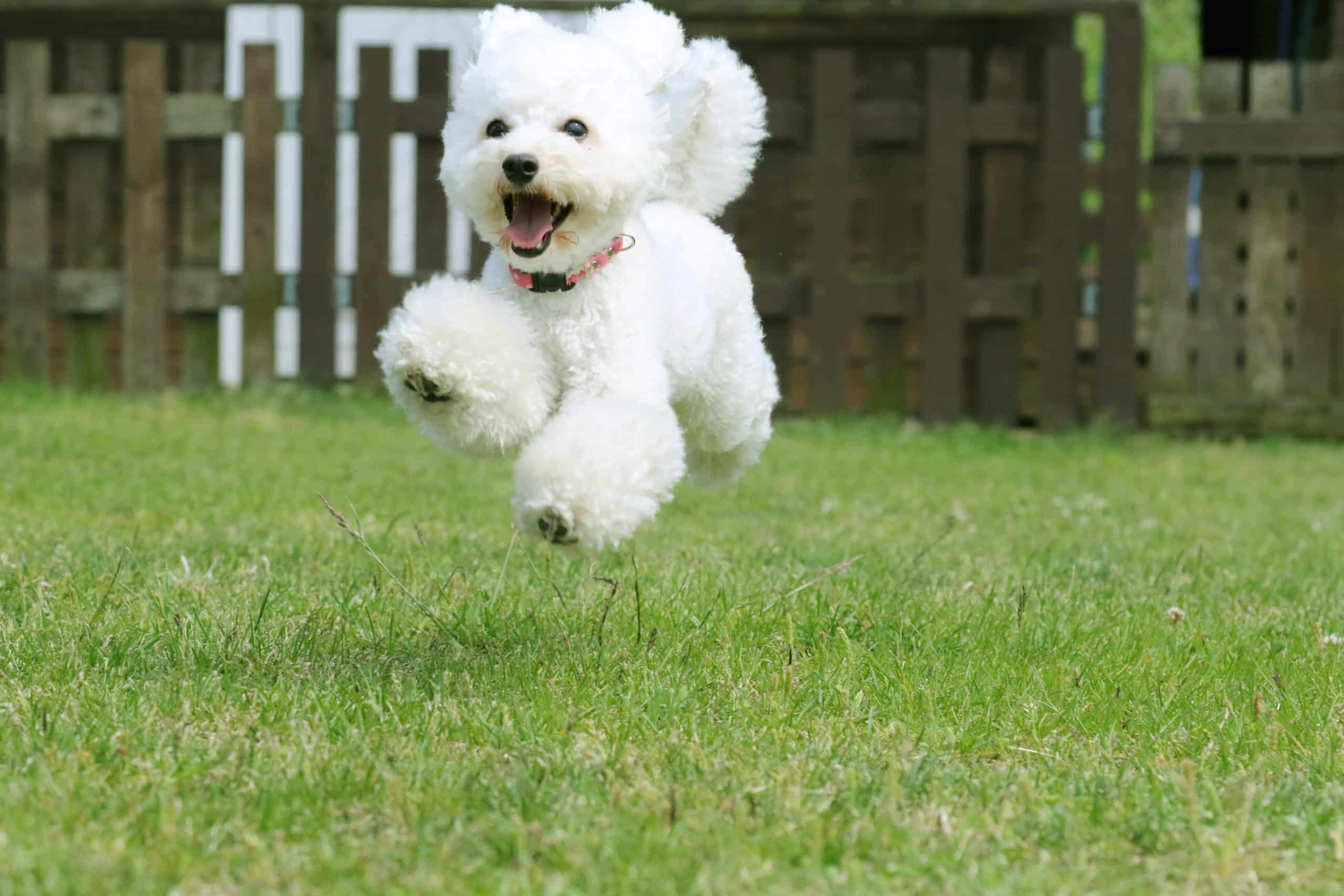
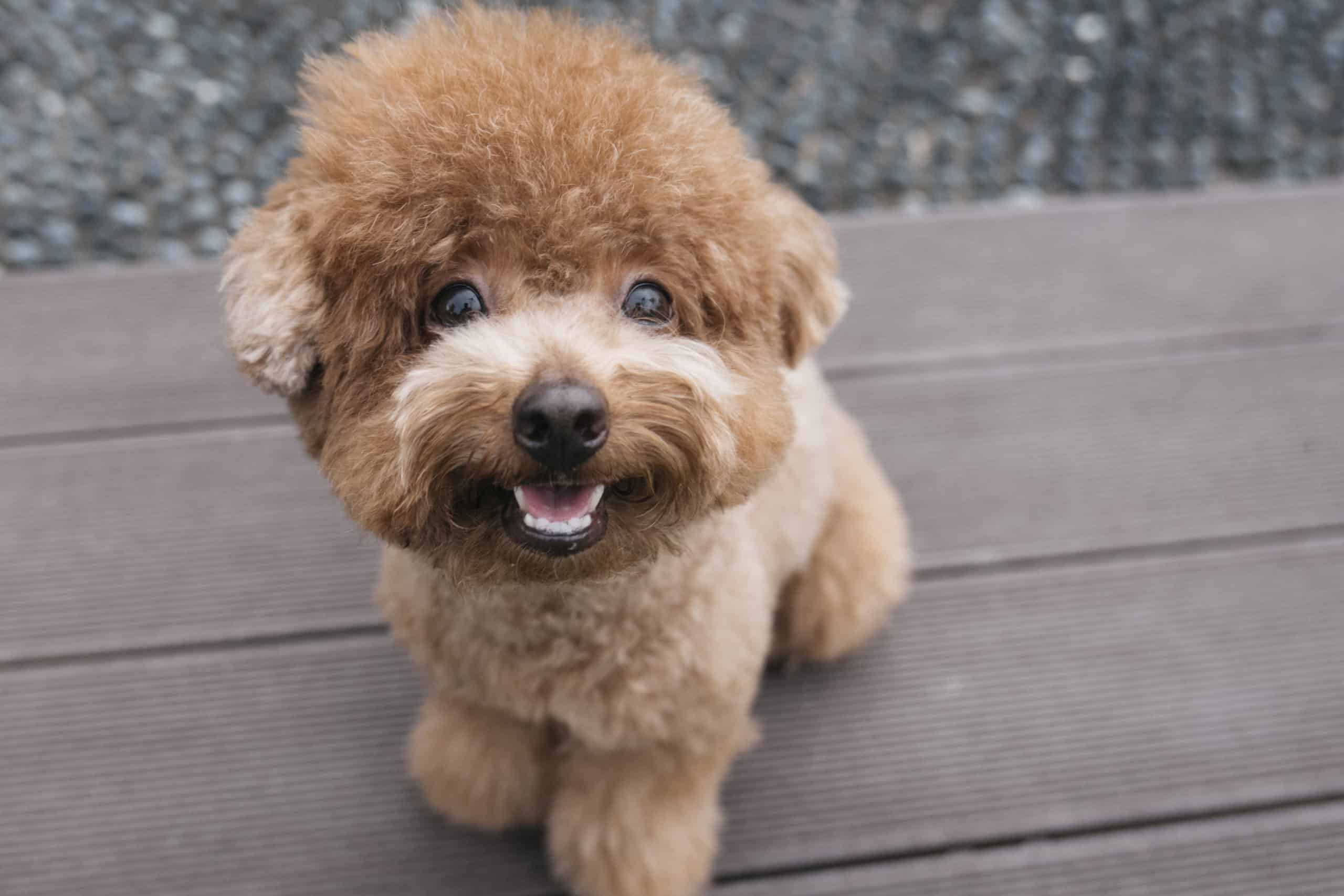
Temperament:
The toy poodle is a delicate and delicate dog. As the smallest member of the poodle family, it has a lot of temperament, an alert mind and a cheerful nature. Its image as a typical senior dog does not do it justice, as it is by no means as undemanding as many people think.
Characteristics
The toy poodle reaches a shoulder height of 24 to 28 cm and a weight of 3 to 4 kg. It has a fine, curly coat that can be unicolored or bicolored.
The poodle is one of the most intelligent dog breeds and is very resourceful. This also applies to the toy poodle. Sensitive training and plenty of activity help them to develop their positive character traits: It is alert, cheerful and communicative. Underchallenged and incorrectly trained, the sensitive toy poodle can easily become a nervous barker.
Toy poodles need lots of exercise in the fresh air and constant exercise. It is suitable for dog sports such as (mini) agility, dog dancing or obedience. He also wants to be mentally challenged during daily walks. You can incorporate small obedience exercises or hide an object that he then has to search for and find.
It is just as important that your toy poodle learns to calm down. That's why he should have a place in the house right from the start where he can rest and sleep regularly so that he doesn't get overexcited. Don't forget that dogs should sleep up to 20 hours a day!
This breed tends to be nervous. It is therefore particularly important that they get enough sleep.
Coat care:
Shedding:
Energy level:
Trainability:
Children suitable:
The right food
When choosing food, make sure that it contains high-quality ingredients, is balanced and meets your dog's requirements. Age, size or weight, activity and health status play an important role. You should follow the manufacturer's recommendations for the amount of food.
Treats should only be fed in moderation and deducted from the basic diet to avoid obesity.
Puppies can be fed 4-6 times a day. The number of meals should be gradually reduced to 2 per day until the dog is fully grown. A rest period should be observed after meals.
Fresh drinking water should be available at all times.
Health & Care
The toy poodle's curly coat is characterized by the fact that it does not shed. Nevertheless, the toy poodle needs a lot of care: brush and comb its curly coat carefully several times a week.
About every six weeks, you should take your toy poodle to the groomer, where he will be bathed, trimmed and blow-dried. He can have one of the classic poodle cuts or an easy-care short hairstyle. Get him used to grooming and visits to the dog grooming salon early on and with a lot of patience.
The toy Poodle's eyes should be carefully wiped with a damp cloth once or twice a day. Check the ears regularly for unpleasant odors and use an ear rinse if necessary. You should also check and clean their teeth regularly, as toy poodles are prone to tartar build-up. If the claws become too long, they need to be trimmed.
Suitable accessories
The toy poodle with its delicate bone structure loves a soft base. A well-padded dog basket with fabric-covered walls is therefore the right choice.
He needs bowls that are not too big for food and water, preferably made of ceramic or stainless steel.
As he likes to jump around outside, he should wear a comfortable, well-fitting harness and be walked on an adjustable length lead. Leashes that retract automatically are not recommended, as the sudden jerk when the leash comes to an end can injure a toy poodle at full speed.
In terms of grooming utensils, you will need a brush with strong, rounded bristles, a medium-toothed comb and a fine-toothed comb, a good dog shampoo, a quiet hair dryer, absorbent cotton pads and a mild eye cleaner if your poodle has light-colored fur on its face to remove unsightly tear marks. Also an ear rinse and a soft dog toothbrush or a finger ring for dental care. Tick tweezers are also a must. You will need claw clippers to trim the claws and a transprot box for transportation in the car. A first aid kit for at home is recommended. It's best to ask your vet what should be in the first aid kit.
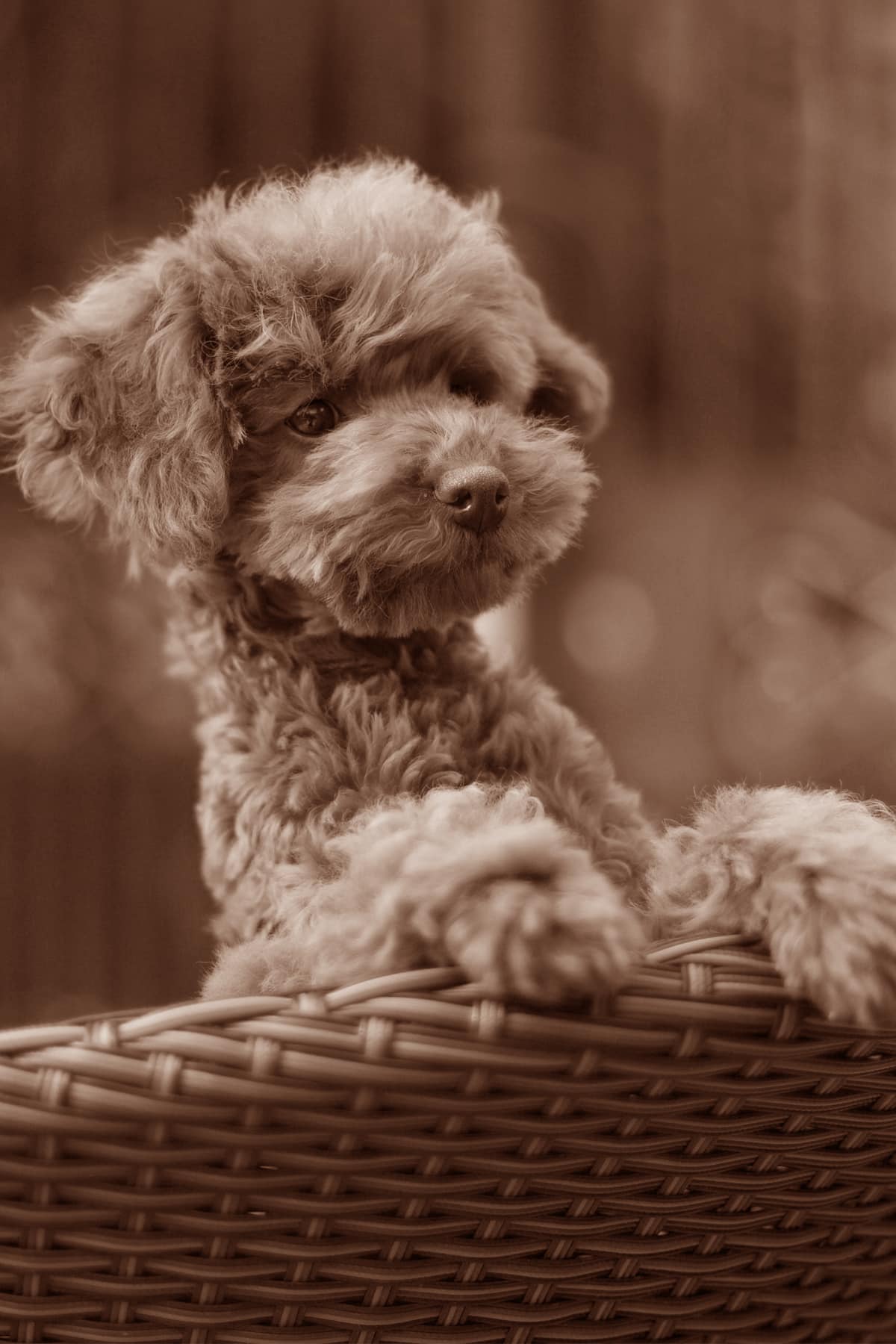
Origin & History
It's hard to believe: the toy poodle is descended from hunting dogs. The exact origin of the poodle is unclear, as it is a very old dog breed. Officially, France is considered the breed's country of origin, but it could also be Germany, Hungary or Russia.
Poodle-like water dogs were mentioned in Europe as early as the 15th century. The poodle (old German "Pfudel" = puddle) was a popular hunting dog until the middle of the 19th century, when "modern" hunting dog breeds competed with it, whose short-haired or rough-haired coat required much less grooming than the constantly growing, curly coat of the poodle.
The first German poodle club was founded in 1893 and the poodle evolved from a working dog to a companion dog. For a long time, there was the standard poodle, the medium poodle and the miniature poodle. It was not until 1985 that the toy poodle was recognized as an independent variety of the Poodle.
